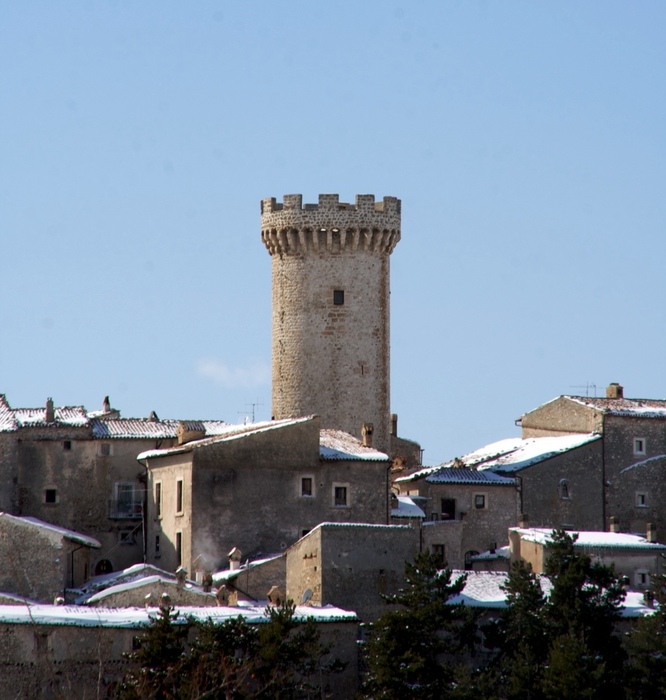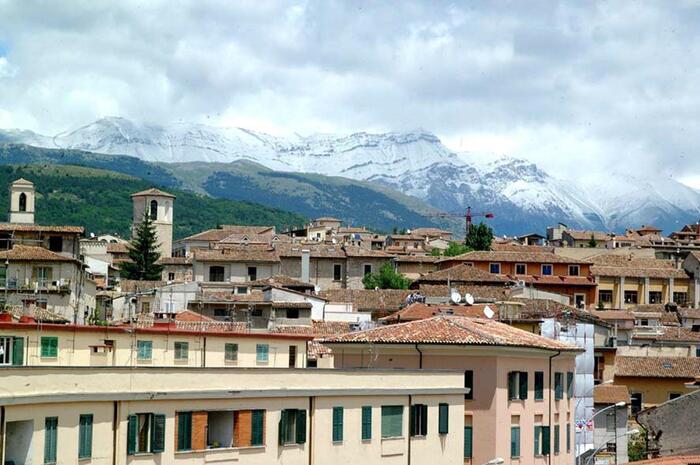Enlarge image
During excavations in the former royal city of Artaxata, scientists have found a Roman aqueduct
Photo: Artaxata Project
In the valley of the Ararat volcano, on the banks of the Aras River, the royal city of Artaxata once sat enthroned - a center of Hellenistic culture, the "Carthage of Armenia".
And: Part of the Roman Empire for a very short time.
Enlarge image
You can see a pillar of the unfinished aqueduct at the excavation site
Photo: Artaxata Project
Archaeologists from the Westfälische Wilhelms-Universität Münster and the National Academy of Sciences of the Republic of Armenia discovered the remains of a Roman arch aqueduct during excavations in Artaxata.
It is the easternmost arc aqueduct of the Roman Empire.
The evaluation of the excavations, which took place in 2019, has now been published in the specialist journal “Archäologischer Anzeiger”.
"Monumental Foundations"
"The monumental foundations are evidence of an unfinished aqueduct bridge that was built by the Roman army between 114 and 117 AD," said Achim Lichtenberger from the Institute for Classical Archeology and Christian Archeology, one of the three authors of the study, in a press release by University.
"At that time Artaxata was supposed to become the capital of a Roman province in Armenia."
more on the subject
SPIEGEL TALK: "Caesar invented the Teutons" By Norbert F. Pötzl and Johannes Saltzwedel
Ancient Sewer System: What Lead Reveals About Ancient Rome
Ship experiment: sailing like the RomansBy Angelika Franz
At the time when the aqueduct was built, the Roman Empire reached its greatest expansion: from Britain in the north to Nubia in the south, from Portugal in the west to Mesopotamia in the east. Under Emperor Trajan, who was in power between 98 and 117 AD, the Romans tried to incorporate Armenia as a province into the Roman Empire.
And the Armenian find shows that they did not want to lose any time: "The planned and partially completed aqueduct construction in Artaxata shows how much effort was put into integrating the provincial capital into the realm in terms of infrastructure," said Torben Schreiber, co-author the study.
However, the stone aqueduct was never completed.
After Trajan's death in AD 117, his successor Hadrian gave up the province of Armenia - before the aqueduct could be completed.
Therefore, the find can be seen as evidence of the "failed Roman imperialism in Armenia."
Geomagnetics, satellite images and infrared images
The scientists came across the remains of the aqueduct during a geomagnetic survey of the site.
A conspicuously dotted line came to light.
more on the subject
History: What Ancient Rome Really Looked LikeBy Frank Thadeusz
Additional drilling would have unearthed further unfinished or destroyed pillars of the aqueduct.
With the help of satellite images and infrared images from a drone, it was possible to make the course of the aqueduct pillars visible.
The researchers were able to understand the planned course of the aqueduct by means of a computer-aided path analysis between the possible sources and the destination of the water.
But how can you be sure that it was the Romans who wanted to build the line?
An analysis of the lime mortar used showed that it was a typical Roman recipe.
The word aqueduct is made up of the Latin words "aqua" - for "water" - and "ducere", which is translated as "lead" or "guide".
Some well-preserved aqueducts are among the most important structures of antiquity and are considered evidence of Roman engineering.
vki








/cloudfront-eu-central-1.images.arcpublishing.com/prisa/PCKNHDYUOZF4VPN5GXSF2QO3II.jpg)